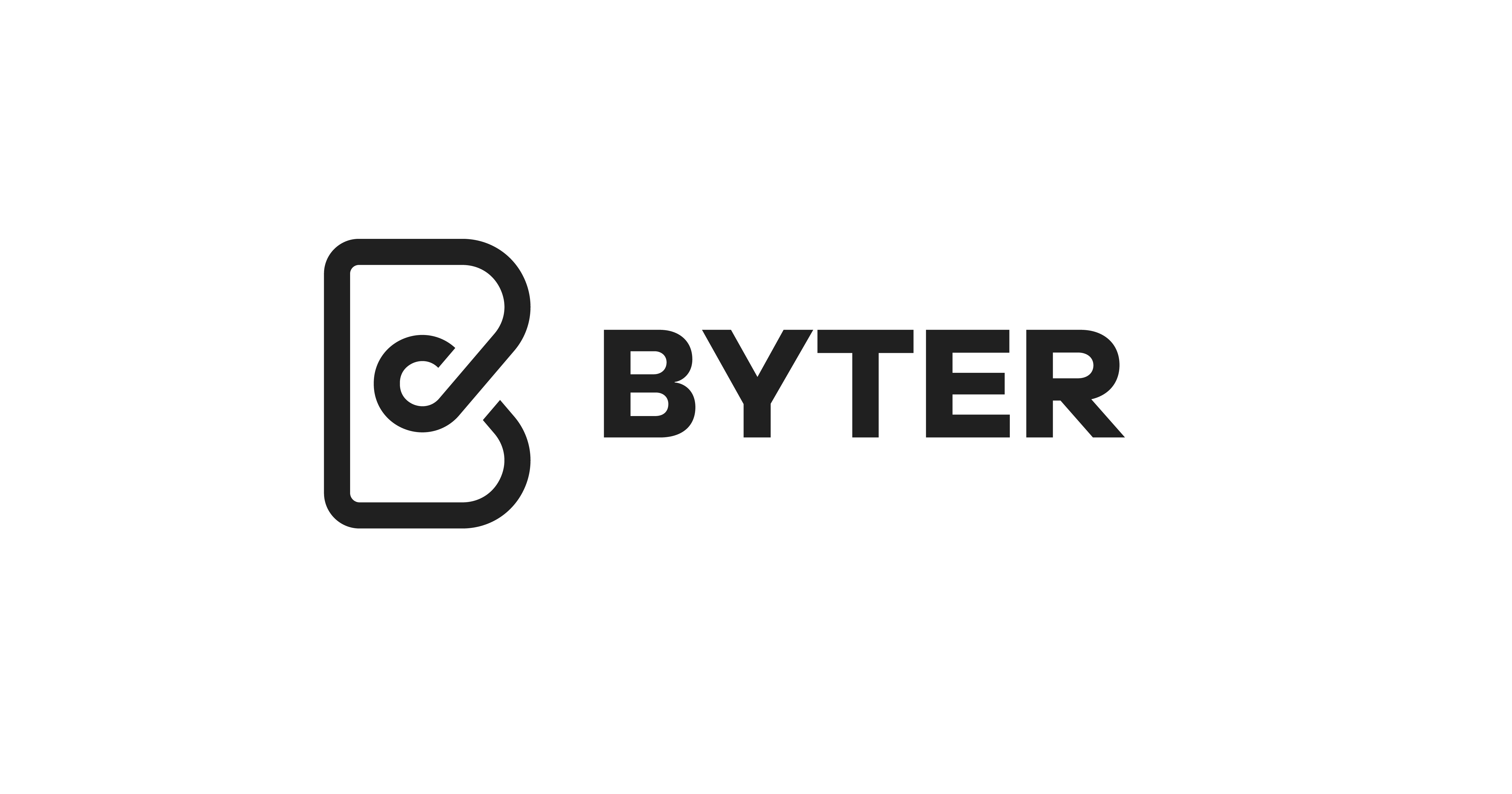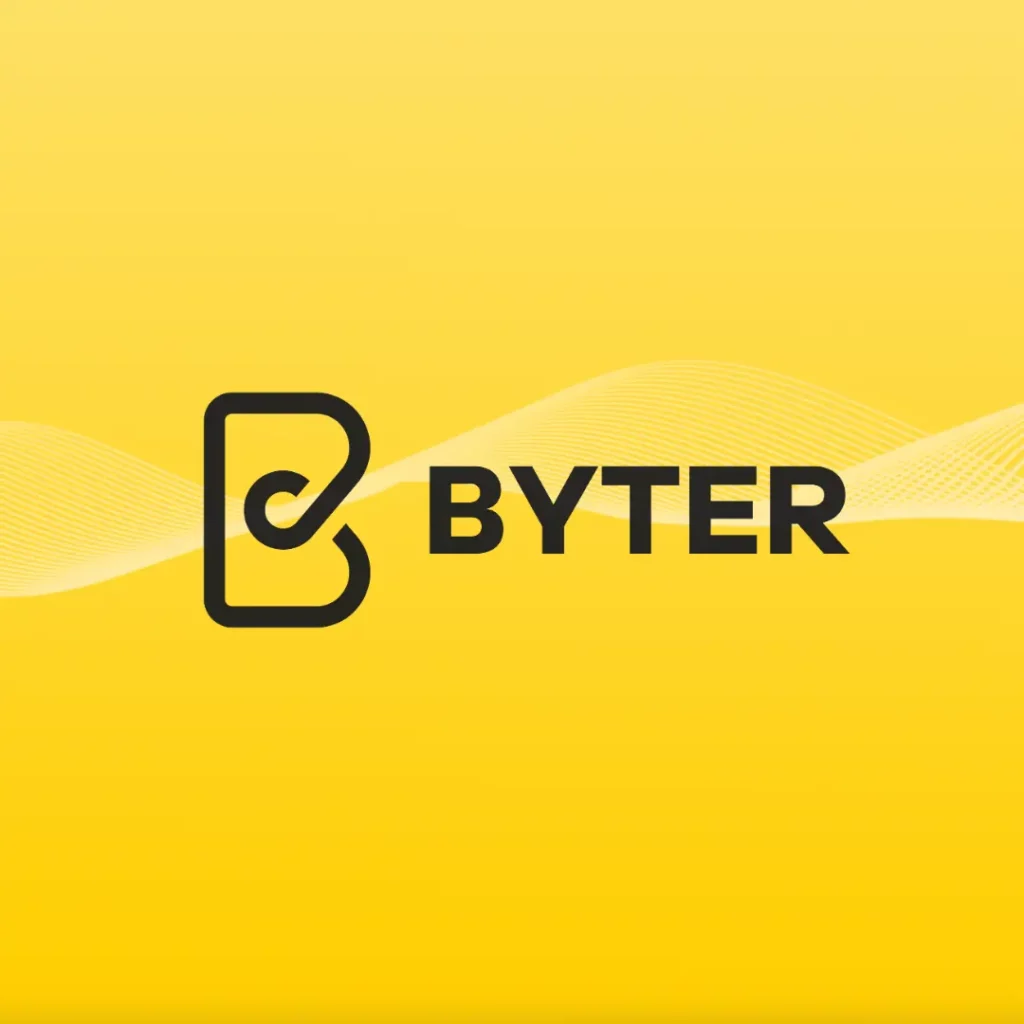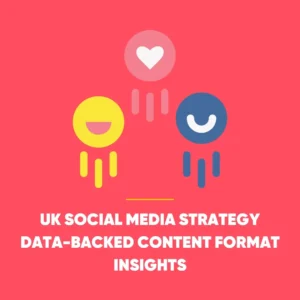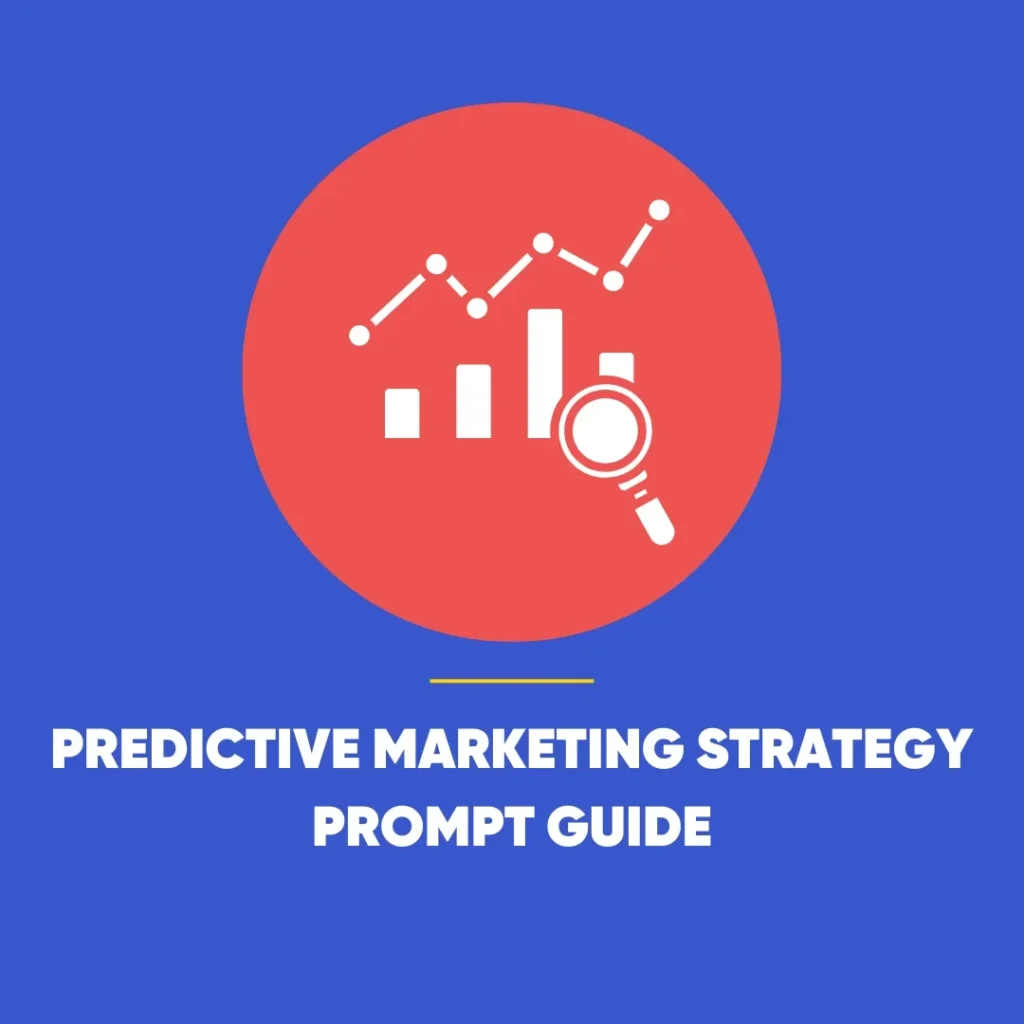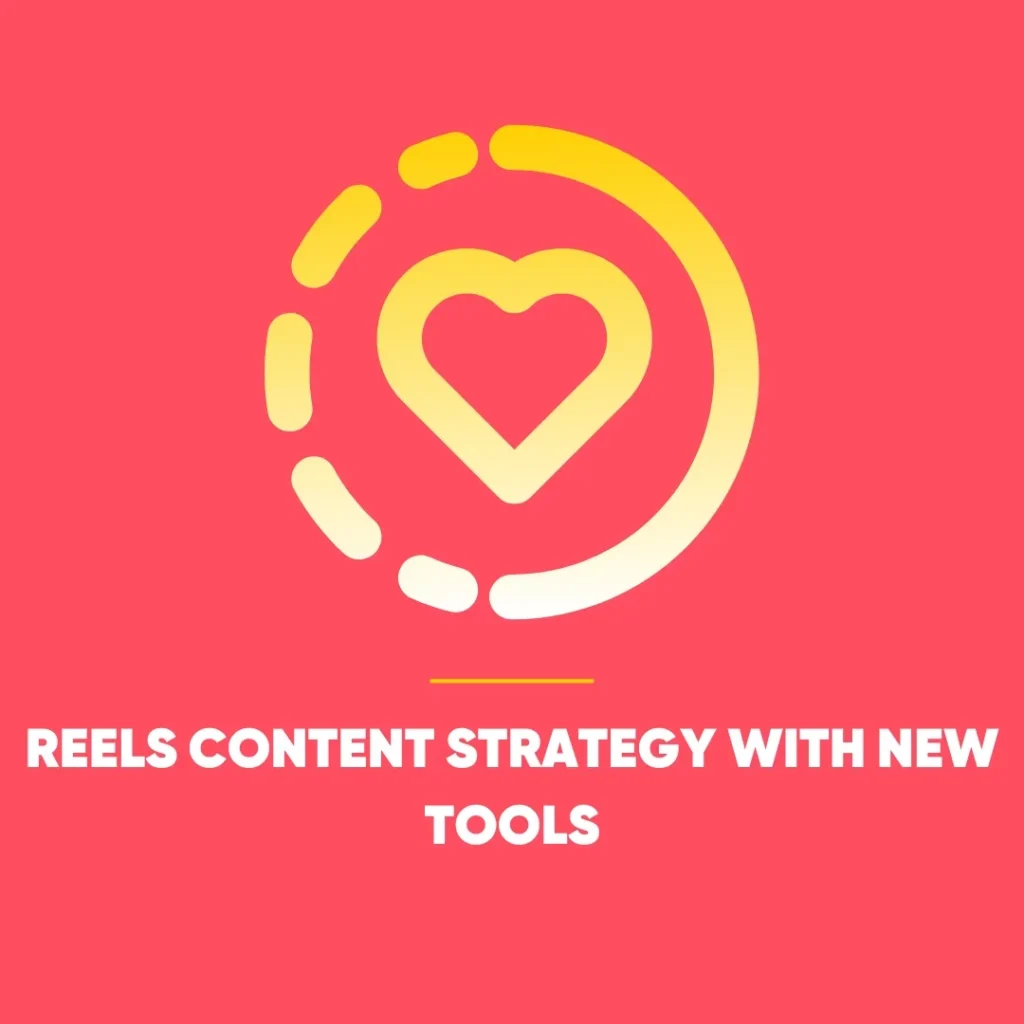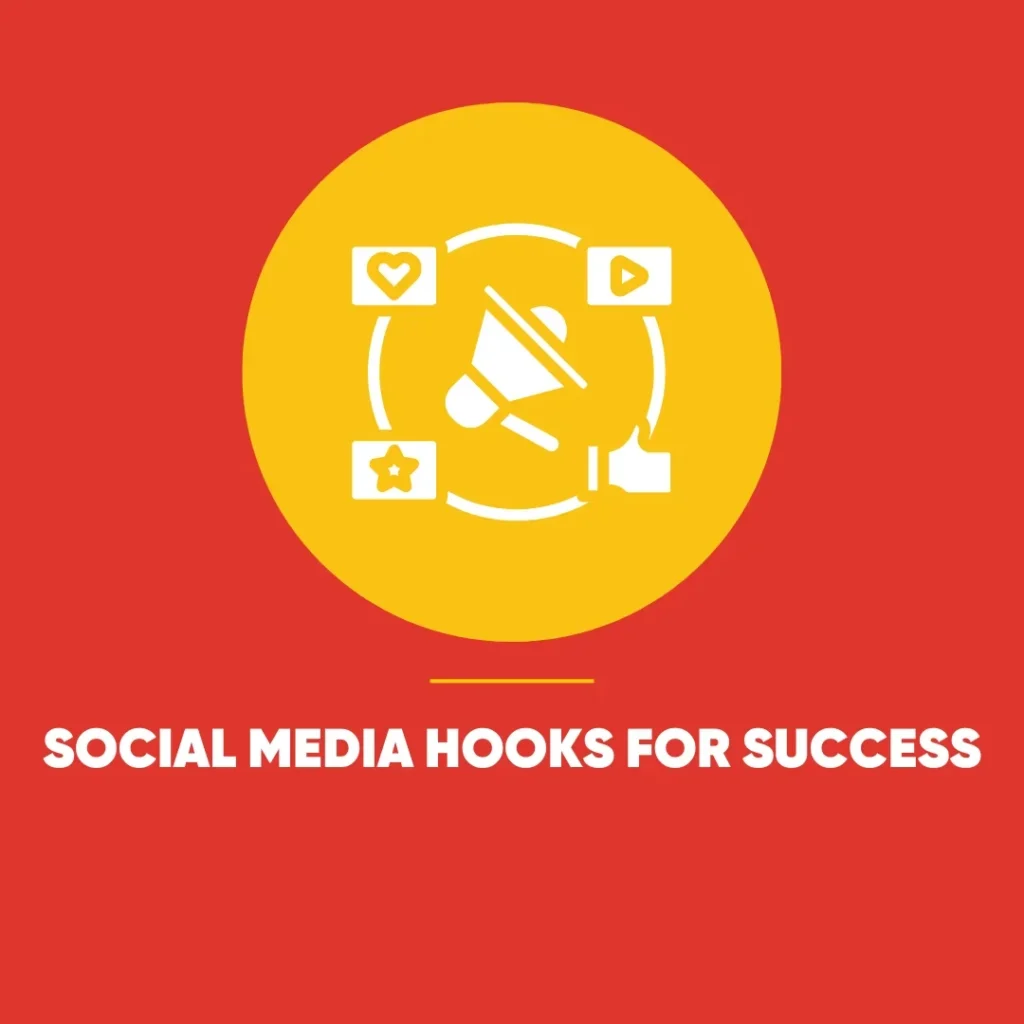UK Newsletter Writing: A Simple Guide to Standout Emails
In today’s digital landscape, UK newsletter writing remains a powerful way for businesses to connect directly with their audience. But the challenge? Competing in the inbox. With emails flooding in from every direction, a newsletter must work hard to get noticed.
So, how do you create one that actually gets opened, read, and acted upon? Whether you’re writing from scratch or using AI as a co-writer, this step-by-step guide will walk you through the process of building an engaging newsletter your audience looks forward to.
Define Your Purpose and Topics: UK Newsletter Writing
 A newsletter should never feel like a sales pitch in disguise. Instead, think of it as a conversation starter – a way to keep your community informed, inspired, or entertained.
A newsletter should never feel like a sales pitch in disguise. Instead, think of it as a conversation starter – a way to keep your community informed, inspired, or entertained.
For small businesses in particular, email marketing levels the playing field. It allows you to speak directly to your customers without paying to beat the algorithms of social media giants. But to succeed, your content must offer genuine value.
Here are some popular newsletter themes:
- Useful “how-to” guides
- Curated blog post roundups
- Seasonal gift ideas
- Messages from the founder
- Behind-the-scenes insights
- Expert interviews
- Creative product uses
- Customer spotlights or testimonials
- Interactive polls or mini-surveys
- Quick tips of the month
Choose themes that reflect your brand’s personality and solve a problem or spark interest in your audience’s daily lives.
Capture Attention from the Start
Once your email is opened, the opening paragraph needs to earn the reader’s time. This is your hook – your chance to make a strong impression.
Use a question, a witty remark, a shocking statistic, or a thought-provoking idea. Your aim is to pique curiosity and invite the reader to scroll down.
However, the tone set in your introduction must be followed through in the body of your message. A light, humorous opening should lead into equally engaging content, while a bold statement demands substance behind it.
Don’t Forget the Call to Action
Every newsletter should serve a purpose, and your call to action (CTA) is where you turn interest into engagement. Whether you’re encouraging readers to browse your new collection, read a blog post, sign up for an event, or complete a purchase, your CTA should be clear, concise, and easy to follow.
Avoid bombarding readers with multiple options. Focus on one central action you’d like them to take. If you’re promoting an offer or campaign, mention it early and repeat it towards the end.
Make It Visually Appealing: UK Newsletter Writing
Looks matter – especially in the inbox. Great visuals not only break up blocks of text but also draw attention to key messages. Thoughtfully designed layouts help your readers navigate the content more intuitively.
Opt for clean, uncluttered designs and use brand-appropriate imagery. User-generated content or photos that feel “real” rather than overly polished can be powerful. They lend authenticity and make your brand feel approachable.
Ensure the design is mobile-friendly, as a significant portion of email opens happens on smartphones. A seamless mobile experience can be the difference between engagement and deletion.
Nail the Subject Line
The subject line is the single most important part of your email. If it doesn’t grab attention, your message may never even be seen.
Aim for subject lines that are:
- Short and punchy (ideally under 50 characters)
- Emotionally compelling or curiosity-piquing
- Clear about the value or benefit inside
- Occasionally enhanced with emojis (use sparingly and appropriately)
You can also A/B test different subject lines to see which resonates better with your audience. Subtle changes in wording, tone, or punctuation can have a major impact on open rates.
Optimise the Preview Text
In UK newsletter writing, preview text is the small snippet that appears beside or beneath your subject line in inboxes. It’s an opportunity to build on the intrigue created by your subject line – so don’t waste it.
Avoid fillers like “view in browser” and instead use this space to add context, urgency, or a teaser. Think of it as the second hook: it should work together with the subject line to convince someone to click.
Don’t Overlook the Footer
Often treated as an afterthought, the footer can reinforce your brand voice and offer extra value. At the very least, it should include:
- Contact information
- Social media links
- A clear unsubscribe option (mandatory for legal compliance)
- Any necessary disclaimers
Some brands use this space creatively – whether that’s with a playful tone, bonus content, or an additional CTA like “Refer a friend” or “Tell us what you think.”
Bonus Tips to Elevate Your UK Newsletter Writing
 Personalise Whenever Possible
Personalise Whenever Possible
Personalisation goes beyond inserting someone’s first name. Use customer data to suggest content, products, or services they’re likely to find useful. For instance, send birthday offers or follow up based on previous purchases or activity. A more tailored experience makes people feel understood – and valued.
Share Your Brand Story
Let subscribers see the human side of your business. Whether it’s the journey of your founder, the inspiration behind a product, or a snapshot of your team, storytelling helps readers feel a deeper connection to your brand.
Invite Interaction
Newsletters don’t have to be one-sided. Ask for feedback, run polls, or let readers vote on something fun (like the next product flavour or packaging design). Engagement isn’t just about clicks – it’s about conversation.
You could even offer an incentive, such as a discount for sharing opinions or completing a short quiz. It adds a layer of interactivity while offering something in return.
Give Something Away
Freebies still work. Whether it’s a downloadable guide, a discount code, or an early look at a new product, giving your readers a little something helps build goodwill – and keeps them subscribed.
Even a “tip of the week” or exclusive recipe can make someone feel like they’re getting insider value.
Final Thoughts: Make It Count
In today’s digital landscape, UK newsletter writing remains a powerful way for businesses to connect directly with their audience. By combining thoughtful content, striking visuals, and a consistent tone, you can turn your emails into a powerful extension of your brand.
Whether you use AI tools to assist with copywriting or prefer to write every word yourself, remember that the real magic lies in relevance and authenticity. Speak to your audience as individuals, tell stories that matter, and focus on building lasting relationships – not just pushing products.
Looking to craft your next standout newsletter? Stick to these principles, test and learn as you go, and you’ll be well on your way to better engagement and stronger connections.
